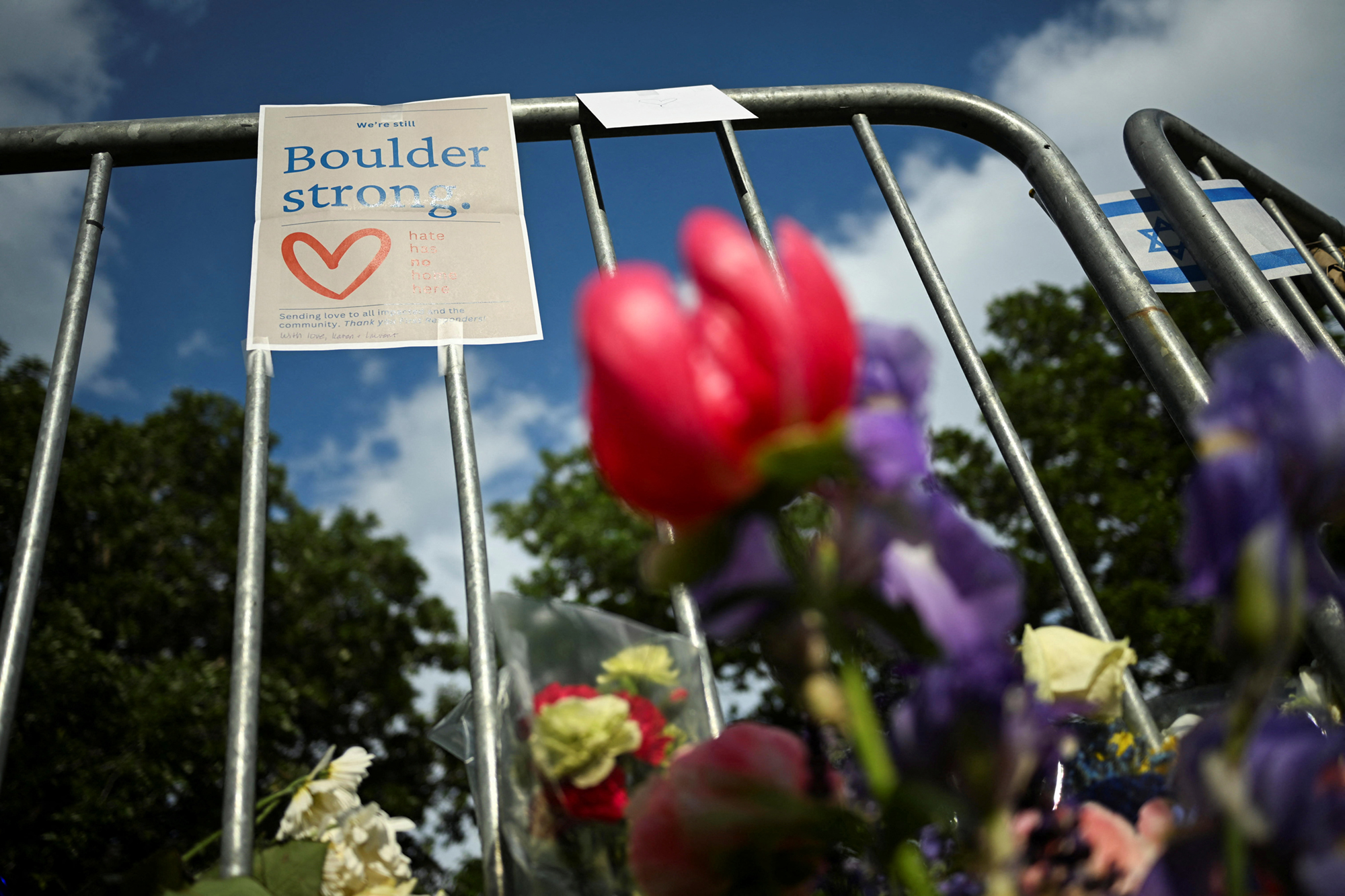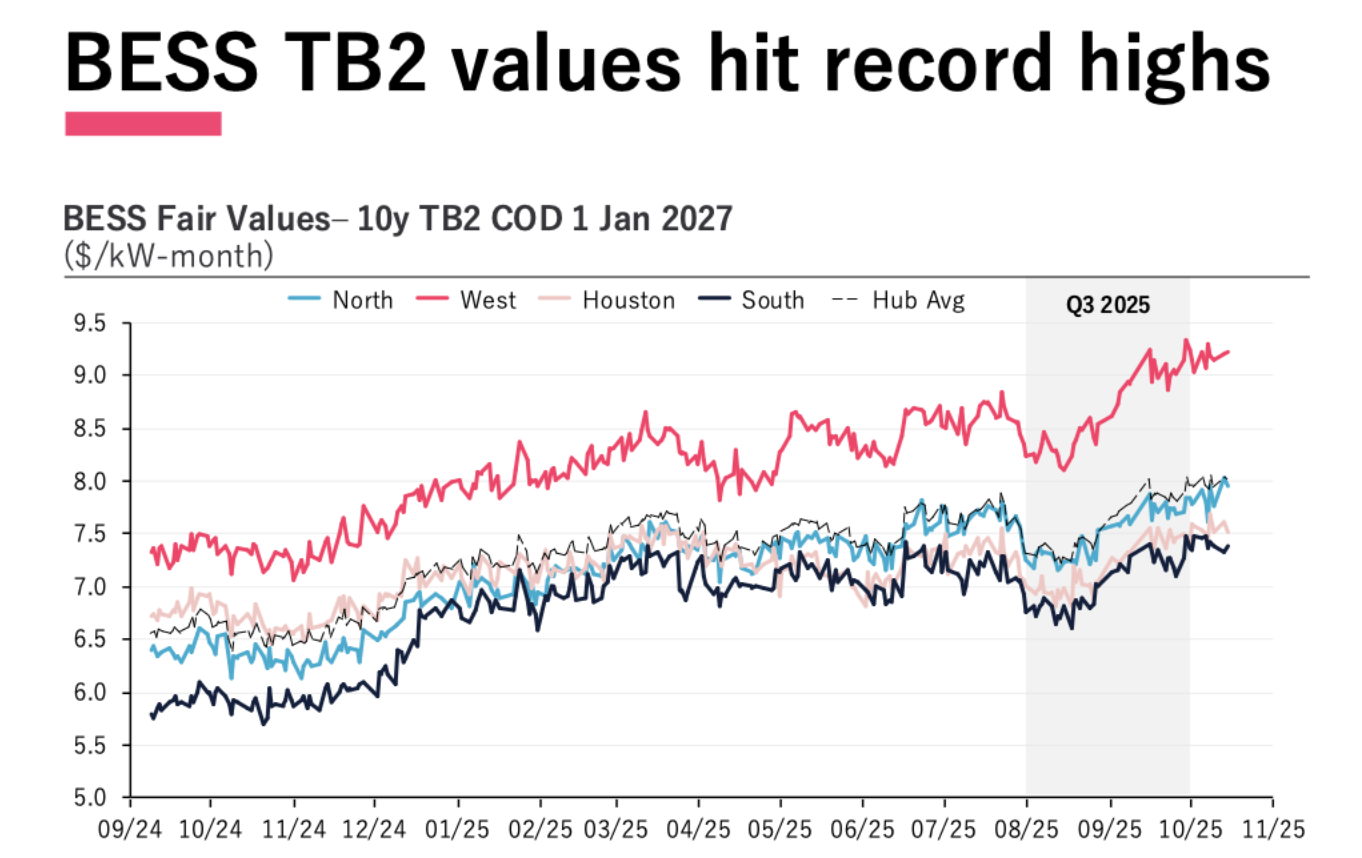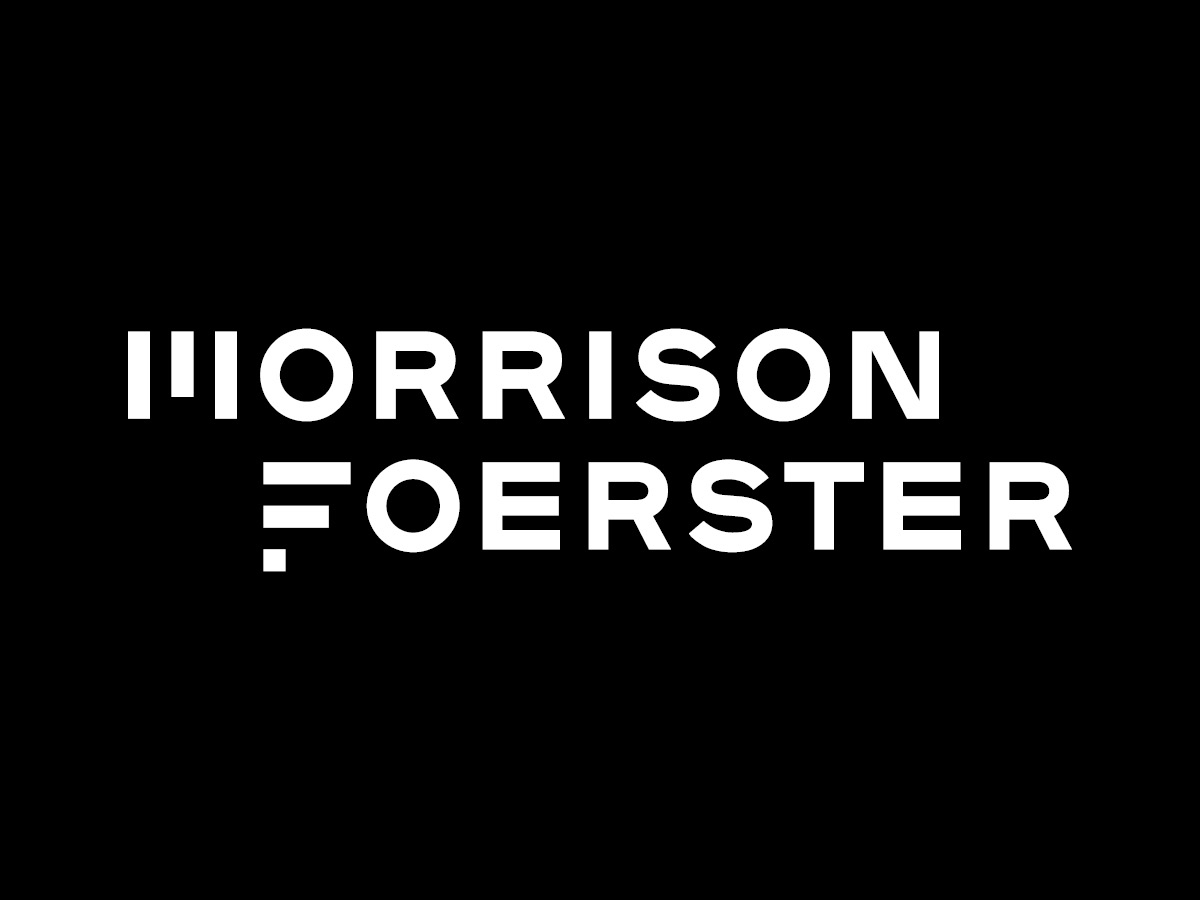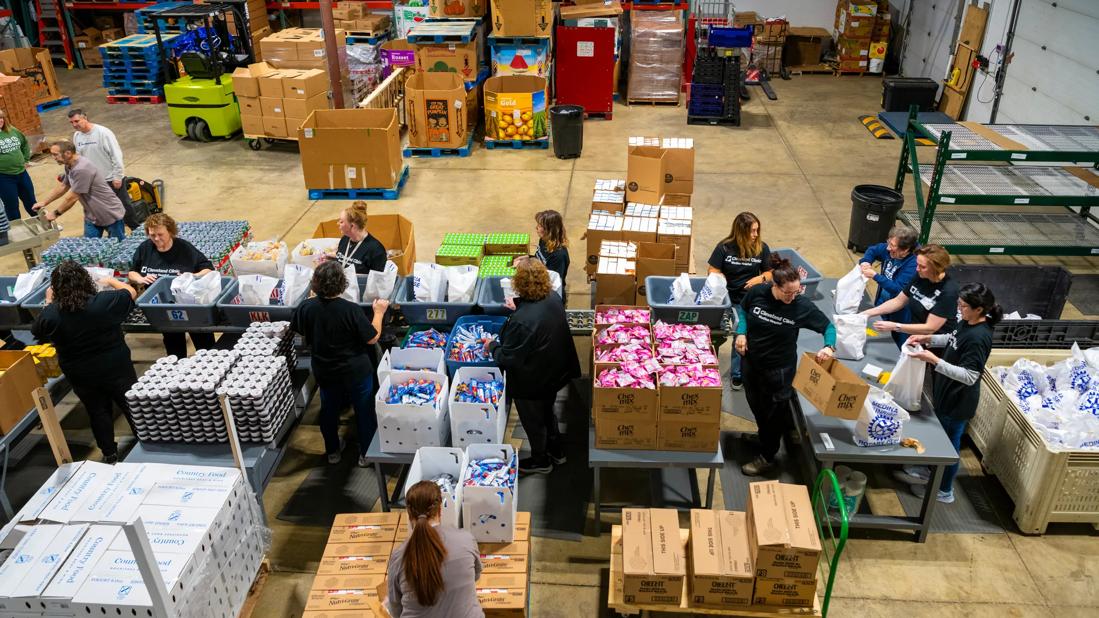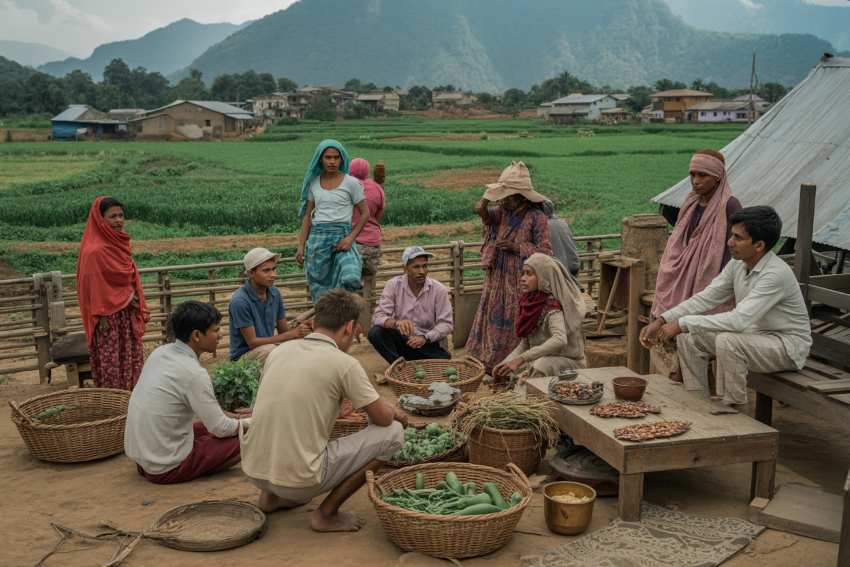First halal kitchen in new Hong Kong community living room for Muslim residents – South China Morning Post
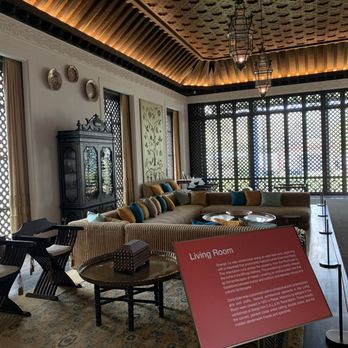
Report on Community Initiative HUB13 and its Contribution to Sustainable Development Goals
Introduction: HUB13 Community Center
A community initiative, designated HUB13, has been established in the To Kwa Wan district of Hong Kong. Operated by the non-governmental organization Caritas Hong Kong with private funding, this 2,000 sq ft facility on Pau Chung Street serves as a vital support center. It is specifically designed to assist families residing in the “13 Streets” area, a cluster of aged and dilapidated tenement buildings. The center is distinguished by its pioneering multicultural facilities, including a dedicated halal kitchen, to cater to the diverse needs of the community.
Alignment with Sustainable Development Goals (SDGs)
The operations and impact of HUB13 directly support the achievement of several United Nations Sustainable Development Goals (SDGs).
SDG 10: Reduced Inequalities
- The center actively promotes social, economic, and political inclusion of all, irrespective of origin or ethnicity.
- It provides targeted support for ethnic minority groups, who often face social marginalization.
- The inclusion of a halal kitchen is a specific measure to ensure facilities are accessible and respectful of the cultural and religious practices of Muslim residents, thereby reducing inequality in community services.
SDG 3: Good Health and Well-being
- HUB13 functions as a sanctuary that promotes mental well-being, offering residents a respite from challenging living conditions.
- The center provides a platform for residents to learn about health management.
- By fostering a supportive social environment, it helps alleviate feelings of isolation and stress, as reported by residents like Azmat Tariq, who noted feeling more “relaxed” and “confident.”
SDG 11: Sustainable Cities and Communities
- The initiative works to make urban settlements more inclusive, safe, and resilient.
- It provides essential community space and support services for residents of inadequate housing in an old urban neighborhood.
- By fostering community cohesion and providing a safe gathering space, HUB13 enhances the social sustainability of the To Kwa Wan area.
SDG 5: Gender Equality
- The center particularly empowers women, such as homemaker Azmat Tariq, by providing them with a space outside the domestic sphere.
- It facilitates the creation of social networks, allowing women to share experiences, build confidence, and overcome feelings of isolation.
- This empowerment contributes to greater participation of women in community life.
SDG 17: Partnerships for the Goals
- The establishment and operation of HUB13 exemplify a successful multi-stakeholder partnership.
- The project is a collaboration between a civil society organization (Caritas Hong Kong) and private sector funding, demonstrating an effective partnership model for achieving sustainable development at the local level.
Analysis of SDGs in the Article
1. Which SDGs are addressed or connected to the issues highlighted in the article?
- SDG 3: Good Health and Well-being: The article highlights the center’s role in promoting mental well-being and health awareness. It describes HUB13 as a “sanctuary” offering “respite,” where residents can share feelings, feel “relaxed,” and learn about “health management.”
- SDG 10: Reduced Inequalities: The article focuses on a community center designed specifically to support and include marginalized groups. HUB13 caters to “Muslim residents” and “ethnic minority groups” by providing culturally specific facilities like a “halal kitchen,” thereby promoting social inclusion and reducing the inequalities these groups face.
- SDG 11: Sustainable Cities and Communities: The initiative is set in an urban context, supporting families in “old and dilapidated buildings” in a “bustling Hong Kong neighbourhood.” HUB13 acts as an inclusive and safe public space, a “community living room,” which is a key component of a sustainable community.
2. What specific targets under those SDGs can be identified based on the article’s content?
- Target 3.4: By 2030, reduce by one third premature mortality from non-communicable diseases through prevention and treatment and promote mental health and well-being. The article connects to this target as residents can “learn about health management” (prevention) and find a space that improves their mental well-being, helping them feel “relaxed” and “more confident.”
- Target 10.2: By 2030, empower and promote the social, economic and political inclusion of all, irrespective of age, sex, disability, race, ethnicity, origin, religion or economic or other status. The article directly addresses this by describing how HUB13 fosters the social inclusion of “ethnic minority families” and “Muslim residents,” helping individuals like Azmat Tariq overcome shyness and “make friends.”
- Target 11.7: By 2030, provide universal access to safe, inclusive and accessible, green and public spaces, in particular for women and children, older persons and persons with disabilities. HUB13 is described as a “2,000 sq ft space” that functions as a “community living room” and a “vital sanctuary.” Its design, featuring a “halal kitchen,” makes it an inclusive and accessible public space for a specific community, particularly women from ethnic minorities.
3. Are there any indicators mentioned or implied in the article that can be used to measure progress towards the identified targets?
- For Target 3.4: An implied indicator is the self-reported mental well-being of the community members. Azmat Tariq’s testimony of feeling “relaxed here and more confident” after previously feeling “hesitant and shy” serves as a qualitative measure of improved mental well-being. The provision of “health management” education is another indicator of preventative health services.
- For Target 10.2: A key indicator is the existence of community facilities that cater to the needs of specific minority groups. The “dedicated halal kitchen” is a direct example. Another implied indicator is the self-reported feeling of social inclusion, as expressed by Azmat: “different ethnic minority families come here. We make food and just chit-chat, sharing our feelings.”
- For Target 11.7: An indicator is the availability of safe and inclusive public spaces. The article mentions the “2,000 sq ft” HUB13 as such a space. The usage of this space by its target demographic (“different ethnic minority families come here”) is another indicator of its accessibility and inclusiveness.
4. Summary Table of Findings
| SDGs | Targets | Indicators |
|---|---|---|
| SDG 3: Good Health and Well-being | 3.4: Promote mental health and well-being. |
|
| SDG 10: Reduced Inequalities | 10.2: Empower and promote the social inclusion of all, irrespective of ethnicity or religion. |
|
| SDG 11: Sustainable Cities and Communities | 11.7: Provide universal access to safe, inclusive and accessible public spaces. |
|
Source: scmp.com

What is Your Reaction?
 Like
0
Like
0
 Dislike
0
Dislike
0
 Love
0
Love
0
 Funny
0
Funny
0
 Angry
0
Angry
0
 Sad
0
Sad
0
 Wow
0
Wow
0



















